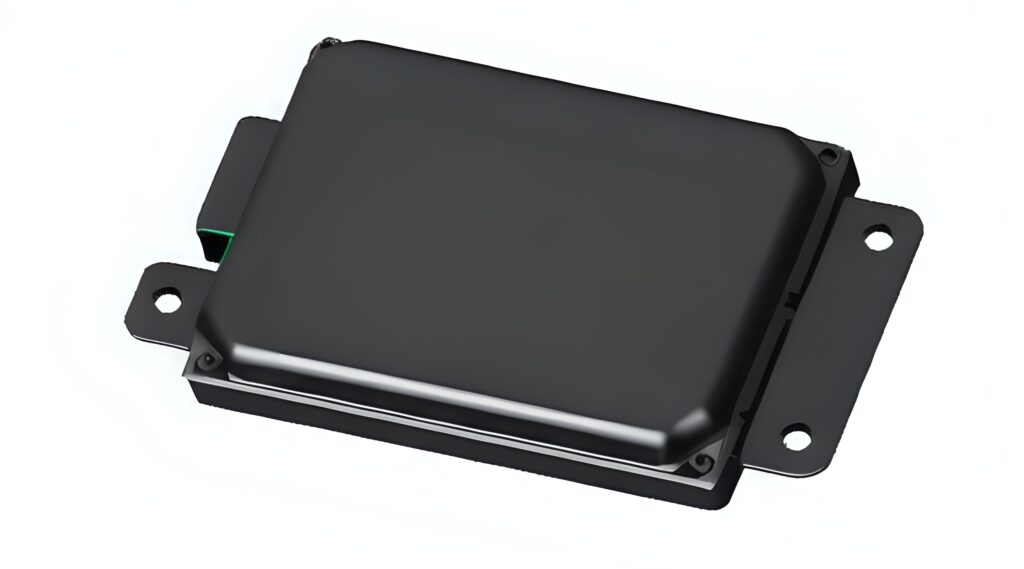
Radar for Autonomous Vehicles
Listing Category by product
Radar technology for autonomous vehicles
Radar technology serves as a critical component in the sensor suite of autonomous vehicles, enabling them to perceive their surroundings and navigate safely. Radar systems emit radio waves and detect their reflections off objects in the vehicle’s vicinity. By analyzing the timing and intensity of these reflections, radar sensors can determine the distance, speed, and direction of nearby objects, including other vehicles, pedestrians, and obstacles. This information is essential for autonomous vehicles to make real-time decisions and adjustments to ensure safe and efficient navigation on roads.
Key features and nenefits
- Functionality: Radar sensors provide reliable detection of objects in various environmental conditions, including low visibility scenarios such as fog, rain, and darkness.
- Safety: Radar technology enhances safety by enabling autonomous vehicles to detect and avoid potential collisions with other vehicles, pedestrians, and obstacles on the road.
- Long range: Radar sensors have a long detection range, allowing autonomous vehicles to perceive objects at a distance, providing ample time to react and maneuver accordingly.
- Redundancy: To enhance reliability, autonomous vehicles often incorporate redundant radar sensors to ensure continuous coverage and mitigate the risk of sensor failures.
- Adaptability: Radar technology is adaptable to different vehicle platforms and can be integrated with other sensor modalities such as cameras and LIDAR to provide comprehensive perception capabilities for autonomous driving systems.





















